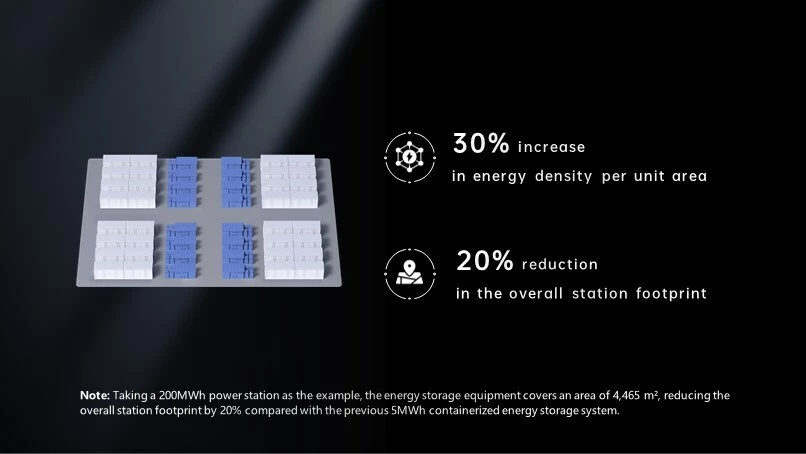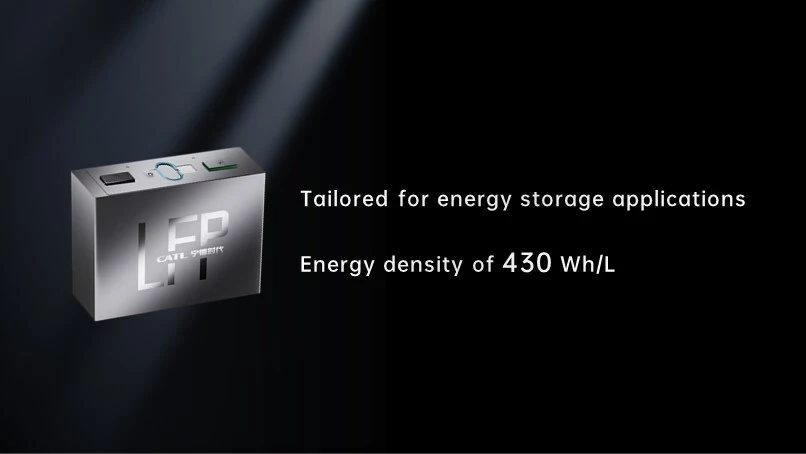China's CATL – the world's largest EV battery producer – has launched TENER, which is described as the "world's first mass-producible energy storage system with zero degradation in the first five years of use."
As anyone who uses a smartphone or drives an electric vehicle will know, the lithium-based batteries at the heart of such technologies won't always operate like new, they will lose some energy capacity over time – meaning more time plugged in.
Though improvements in energy density and charging technologies should help eke more time away from the charger, zero degradation is the ultimate goal. And that's what China's CATL – the world's largest EV battery maker, ahead of LG, BYD, Samsung and Panasonic – is promising its TENER (or Tianheng, depending where you are in the world) development can achieve, for the first five years of use anyway.
TENER is a bit like Tesla's Megapack, in that it's a big battery pack housed within a metal box that's designed to store energy from intermittent renewables such as solar and wind. CATL has managed to house 6.25 MWh of L-series long-life Lithium Iron Phosphate batteries within a 20-ft-equivalent container, for an energy density of 430 Wh/L (for context, a Megapack's unit capacity is 3.9 MWh). This is reported to translate into a 30% energy density increase per unit compared to previous iterations, which should mean a smaller footprint for new multi-unit installs or more juice for existing power stations.

The company says that the new setup employs a "biomimetic" solid electrolyte interphase layer at the electrode and "self-assembled electrolyte technologies" to enable the movement of lithium ions without suffering degradation in power or capacity, while effectively preventing thermal runaway. A TENER unit is reported to have a charge/discharge cycle life exceeding 15,000, and is expected to have a 20-year operational lifespan.
A platform to test the safety of its energy storage systems across different power grid setups has been developed, and will continuously monitor projects post-installation with the help of AI. CATL also states that it's managed to significantly reduce failure rates in cells deployed in the TENER system, and is wooing potential customers with the promise of extended operation, lower operational costs and improved returns on investment.
CATL is no stranger to energy storage, having been involved with the Zhangbei wind/solar energy storage facility from 2011, moving indoors in 2020 for Phase I of the Jinjiang station and even landing in Texas for a huge liquid-cooled battery storage project. Pricing has not been revealed for the TENER technology, but the company clearly has its eyes on the world energy storage market.
Source: CATL






